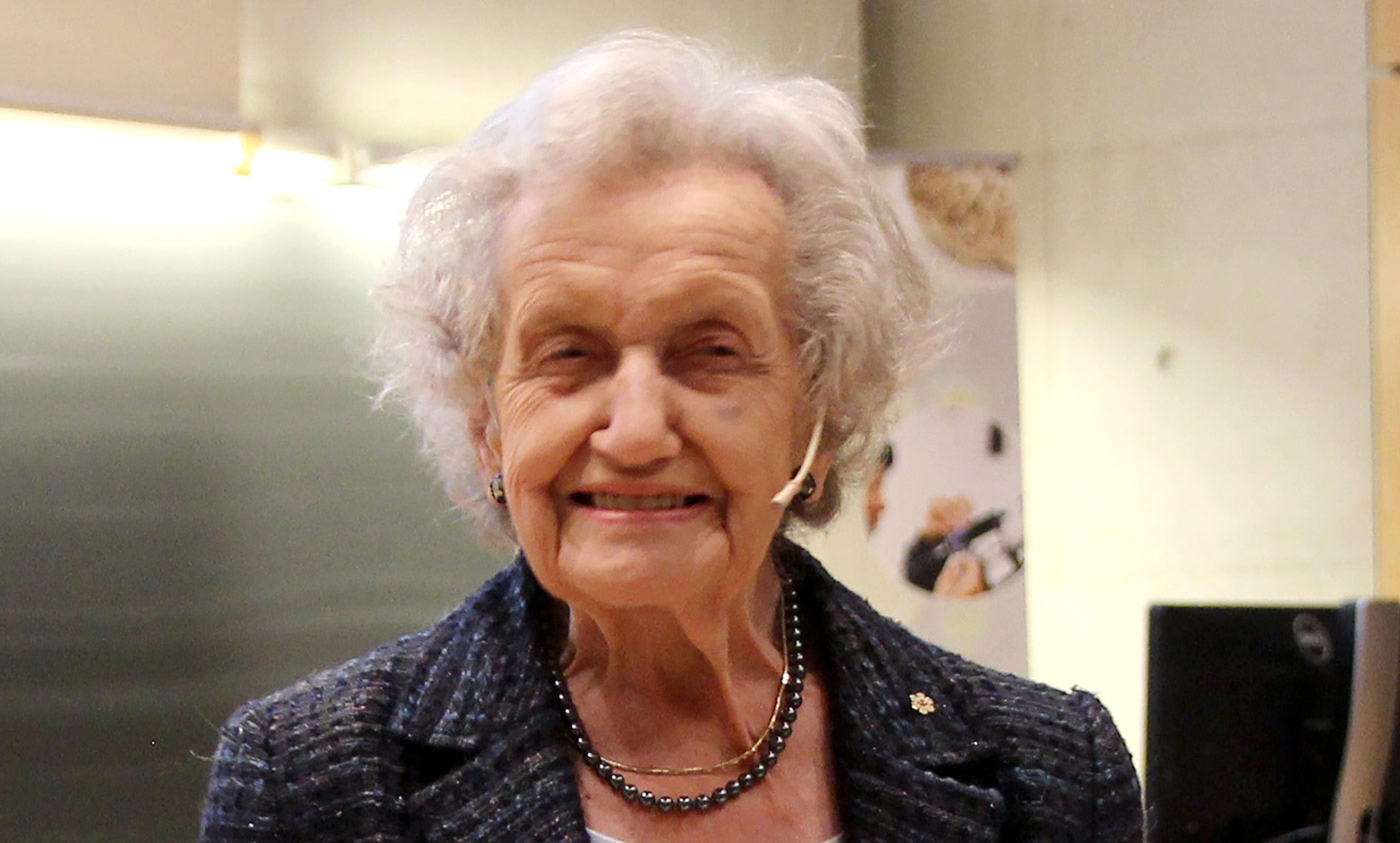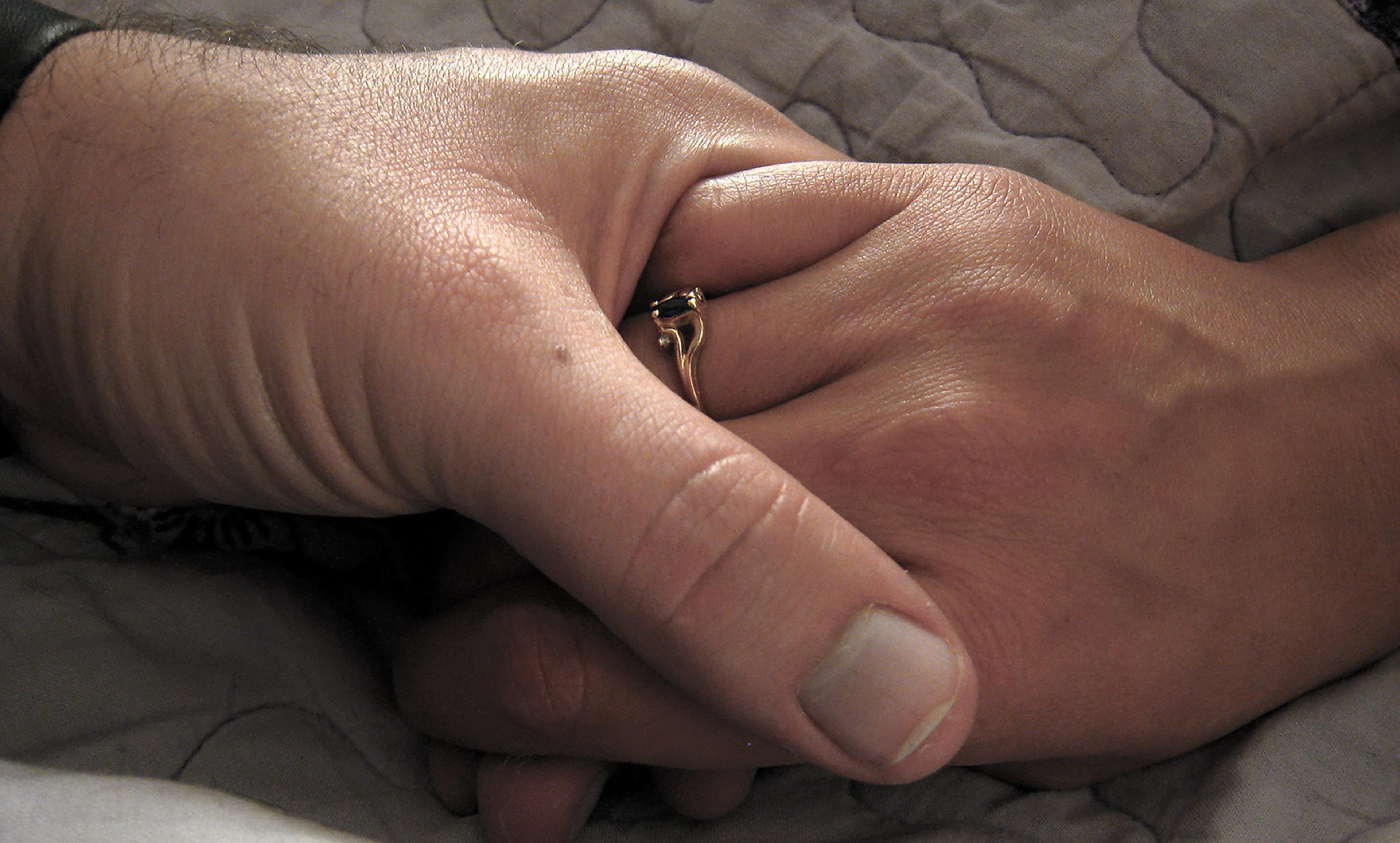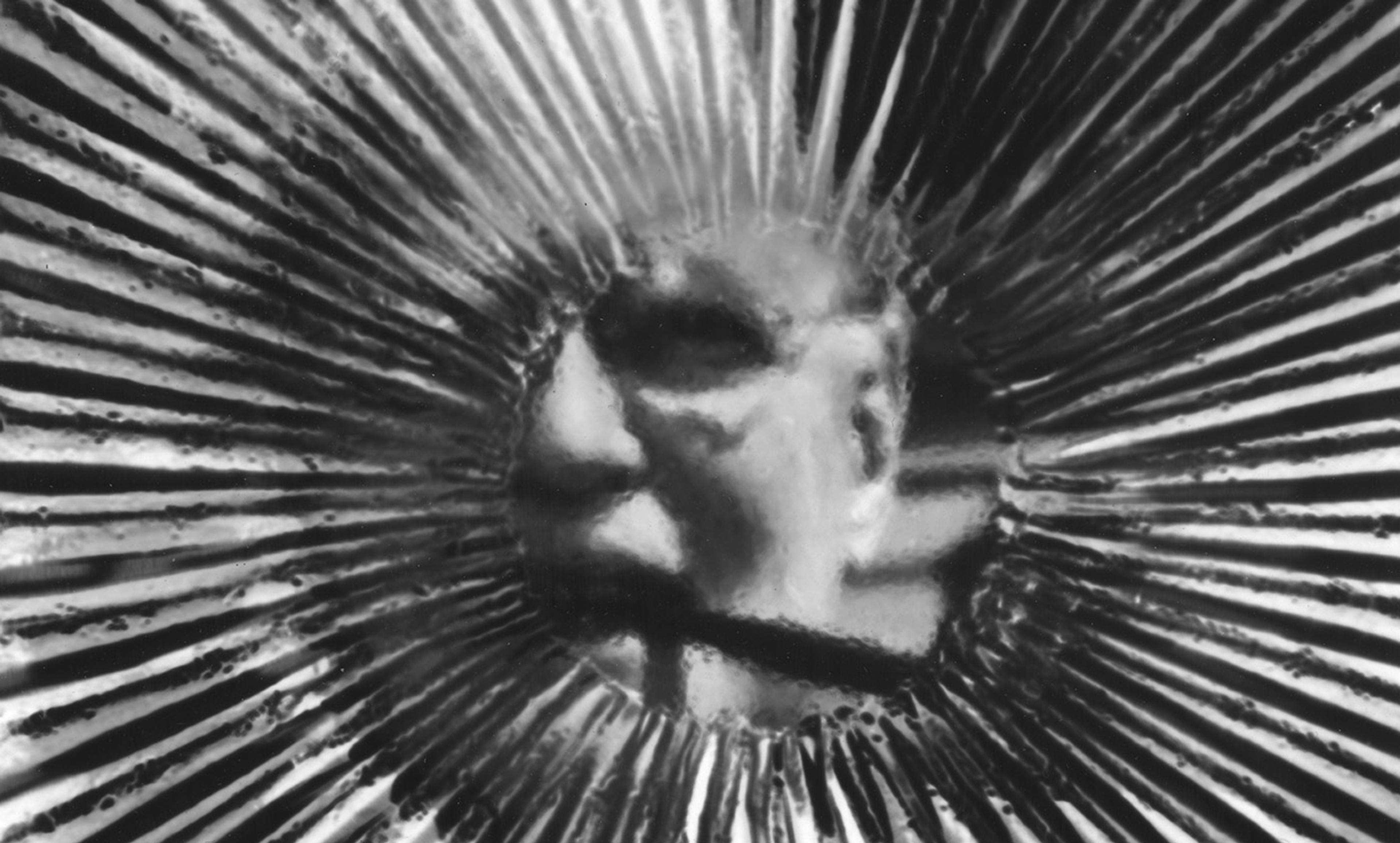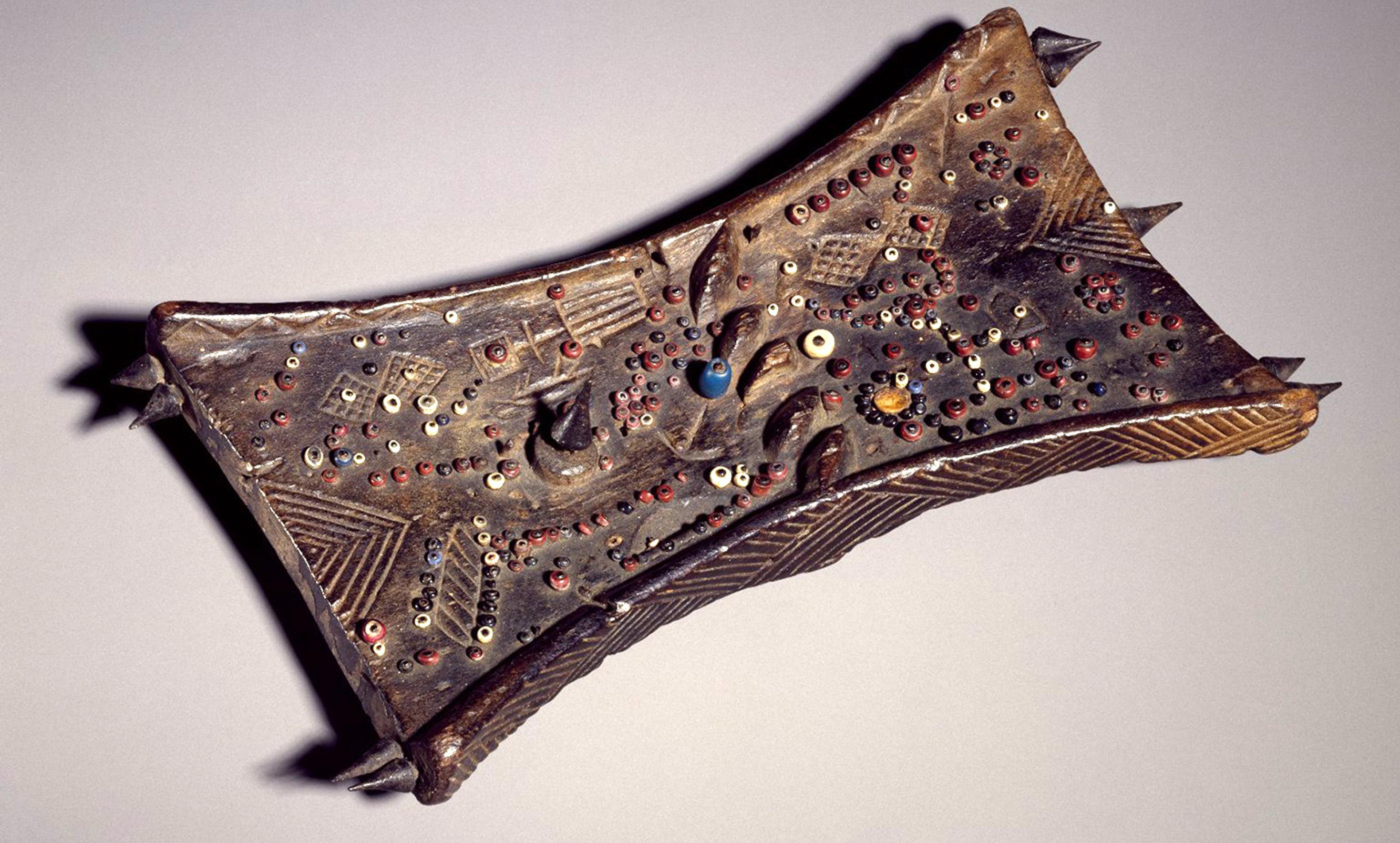Per Henning/NTNU/Flickr
Henry Molaison, aged 27, had surgery to alleviate his severe epileptic seizures in 1953. During the operation, part of the temporal lobe on both sides of his brain was removed, suctioning out most of his hippocampus, a seahorse-shaped structure now known to play a crucial role in forming memories. The operation cured his epilepsy, but caused anterograde amnesia, impairing his ability to form long-term memories.
The neuropsychologist Brenda Milner, credited by many for creating the field of cognitive neuroscience, was the first researcher to conduct rigorous testing on Molaison, famously called HM in popular literature and medical texts. Her groundbreaking observations of HM and others revolutionised memory research and our understanding of memory networks. At the age of 97, Milner continues to work as a professor in neurology and neurosurgery at McGill University’s Montreal Neurological Institute. Here, she retraces her early work on memory and its implications.
What was your first encounter with memory impairment?
It was not with HM actually. It was at the Montreal Neurological Institute working with the director Wilder Penfield, studying his patients. We had these two young epileptic patients in rapid succession: PB, an electrical engineer in 1951, followed by FC, a glove cutter. They both had a left temporal removal to cure their seizures.
Before my time, surgeons had been very conservative. They had just been making removals from the lateral temporal lobe and not daring to go further, but patients continued to have seizures. Surgeons were learning that if you wanted to cure the seizures you had to be prepared to take out brain structures such as the amygdala and maybe some of the hippocampus, which they regarded superstitiously as it was a beautiful-looking structure. Penfield was removing quite a bit of the hippocampus, and it was of interest what the effects of these operations would be, so I was studying the patients.
What did you observe?
After the left temporal removal, FC and PB had severe memory impairment. It really stopped the surgeons in their tracks, because it’s much better to have epilepsy than to lose your memory in terms of the social disadvantage.
After PB died, the autopsy confirmed that there was also damage on the opposite [non-operated] side from the procedure, as we had speculated. This makes sense because you don’t get major memory impairment with just unilateral [one-sided] removals. So PB had damage on both hemispheres and atrophy of the right hippocampus. But we didn’t have an MRI [magnetic resonance imaging scan] in those days, we just had plain film and the EEG [electroencephalograms, which measure brain waves]. With that kind of imaging, we couldn’t see how much structural damage there was on both sides.
Why were these two patients so important?
Because these things had not been reported at the time. Patients with memory impairments had been seen by neurologists for years, but that’s what happens when you get old, a lot of people have problems with their memory, there’s nothing new about that. I’m 97 and I can tell you, you’re not quite what you were when you were 30! But what was new was that these were relatively young people, very bright people, normal in almost all other ways. PB was a professional engineer; he was a very intelligent man. After the operation, he didn’t remember what he had for breakfast, he couldn’t work! FC was much luckier; he came from a family of glove cutters; I didn’t know that was a thing! He and his father went to work together, which was wonderful for this young man in his 20s who lost his memory, because he didn’t lose his skill of cutting gloves. But he wouldn’t remember events from day to day, so that was quite fortunate, that he didn’t lose his motor skill.
How did you come to work with HM?
After we found FC and PB, we reported them and our speculations in Chicago at the 1954 American Neurological Association meeting. Of course, surgeons were very contentious of the results, but if you get a bad result you’re supposed to report it, not suppress it! Anyways, William Beecher Scoville, a neurosurgeon from Hartford, was attending the meeting. Afterwards, he called up Penfield and said he would like to invite me down to study his patients, on whom he had been doing his bilateral procedure [operating on both temporal lobes] for epilepsy and had noticed similar memory impairments. Penfield sat me down and said: ‘Would you like to go?’ and I said: ‘You bet I’d like to go.’ And that was the beginning of me going down to see Scoville’s patients. I couldn’t do a lot with most of them, because they were schizophrenic, but HM was different. He was not schizophrenic, he just had epilepsy. I went down to Hartford by night train with portable testing equipment. I just had three days with HM.
What was it like working with HM?
It was exciting! He was very polite, so he always said good morning if you passed him in the waiting room, but he hadn’t any clue who you were. The first time I saw this, I was giving him a few tests. I gave him something to remember: I said that I’d be back in a few minutes to check his memory. Then, I literally had a cup of coffee and I went back and he didn’t know anything about anything! It was very impressive memory impairment.
Was there something HM could remember?
His motor skill learning was not affected. One of the portable learning tasks from the McGill psychology department I took on the train with me was this mirror-drawing task. After three days of practise, HM was able to perfectly trace this image of a double-bordered star. He could see the star only reflected though a mirror, that’s what made it difficult. But he had no awareness that he had practised the task before. He showed a typical learning curve. I was quite astonished, this was very exciting and important.
What did your patients teach you about memory?
That memory is multifaceted and that there are multiple memory systems, not just one. The fact that motor skill learning was not affected means that it’s not part of this memory system, rather it’s dependent on another system in the brain.
How else has our concept of memory changed from the time you first entered the field to today?
Before, people thought of memory as a very reproductive thing. Like when you learn something by heart, you learn it perfectly. But Frederic Bartlett, who was the head of the psychology department at Cambridge when I was student in 1937, was emphasising the fact that memory was constructive rather than reproductive. Two or three people experiencing the same social event are going to have different recollections because their previous experiences are different.
What is your strongest memory about your memory research?
I suppose it was Penfield’s patient PB. We were not expecting to encounter this sort of memory deficit. After his left temporal removal, he looked at us and said, slightly aggressively (and I don’t blame him): ‘What have you people done to my memory?’ It was a complaint. He knew something was wrong. It was quite shocking, I will never forget it!






